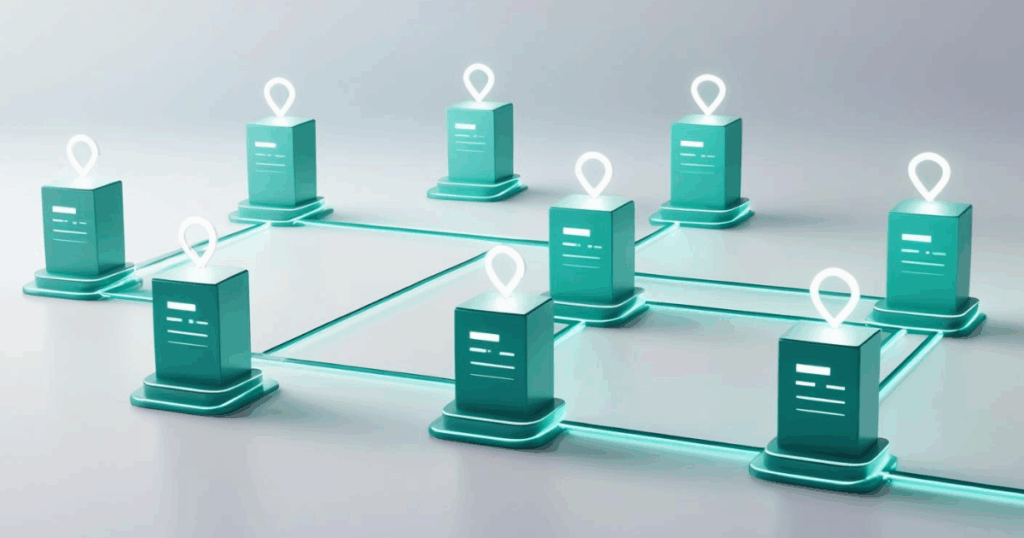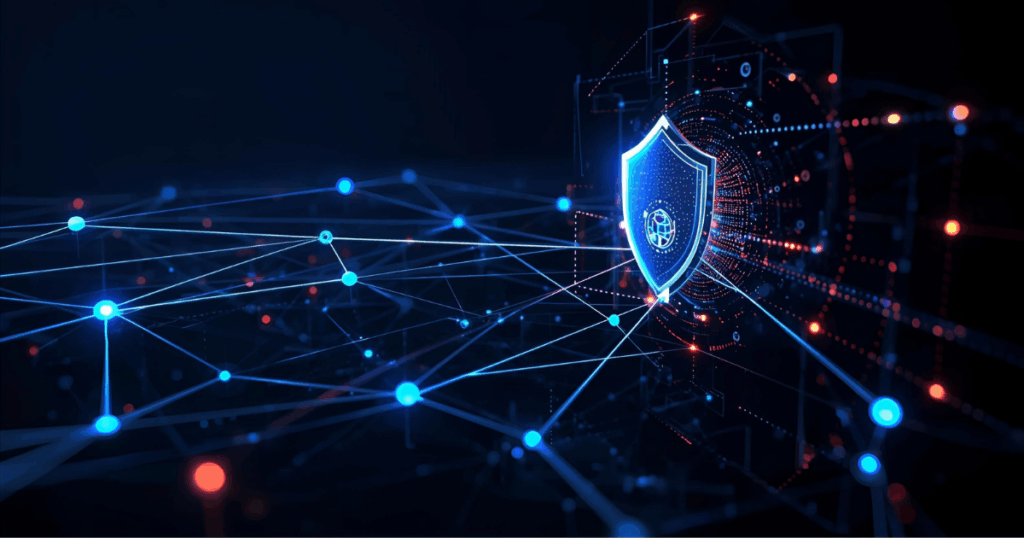Automate DORA Compliance with Confidence

The Digital Operational Resilience Act (DORA) is a crucial regulation for financial institutions operating within the European Union. Starting January 17, 2025, DORA mandates that banks, insurance companies, and information and communications technology (ICT) service providers, over 22,000 entities within the EU, adhere to specific rules designed to strengthen their ability to withstand and recover from cyber-related disruptions.
Disruptions like ransomware attacks or DDOS (distributed denial of service) attacks can cause computer shutdowns or website outages. The DORA regulation introduces a detailed framework to help financial firms be prepared for unplanned events and capable of rapid recovery should they occur. Noncompliance with DORA can lead to severe penalties, including fines and additional sanctions for repeated or serious breaches.
5 Critical Components of DORA to Understand
- Risk Management: Financial entities must establish and maintain robust digital operational resilience frameworks to manage ICT risks comprehensively.
- Incident Reporting: Prompt reporting of significant cyber incidents to regulatory authorities is necessary to manage systemic risks in the financial sector.
- Resilience Testing: Regular testing is mandated to ensure financial institutions can withstand and recover from ICT disruptions.
- Information Exchange: Enable sharing of information about cyber threats, including new cyber risk and operational resilience strategies, among members of financial networks.
- Third-Party Risk Management: Specific requirements are outlined for managing risks associated with third-party ICT service providers.
The introduction of DORA represents a significant advancement in bolstering digital operational resilience in the financial sector. It aims to safeguard the industry from ICT-related disruptions and threats.
It is imperative for all affected entities to thoroughly grasp these provisions and make the necessary preparations to ensure compliance and enhance their resilience capabilities.
Continuous Configuration Audit Remediation and Drift Prevention for Network Infrastructure
Network operations and security teams can utilize DORA guidance to safeguard network infrastructure from evolving cyber threats. These threats exploit vulnerabilities to steal data and disrupt operations.
However, implementing these guidelines often involves extensive manual and administrative work, posing a high risk of human error. Each step in the process for every network device requires manual intervention, from checking configurations for compliance to making necessary changes, generating reports, and keeping up with updates. Achieving DORA compliance is challenging in single-vendor environments and can quickly become overwhelming in multi-vendor environments.
Fortunately, there’s a more efficient way for network operations teams and service providers to keep networks updated with the latest DORA guidelines. BackBox offers over 2,300 pre-built, easily customizable automations in our Automation Library. These automations eliminate manual tasks and reduce risk by validating specific configurations against DORA best practices and automatically remediating those that do not comply.
Network engineers can access automation templates from a single console into the Automation Library, load them via API, or import them from the UI.
With BackBox, financial institutions, and ICT service providers can accomplish five things:
- Accelerate compliance by accessing the 3,000+ out-of-the-box automation templates from the BackBox Automation Library and these templates can be easily customized to suit your needs.
- Quickly identifying what has changed with BackBox is easy because your configurations have auditable histories you can access, read, and compare. Our compare tool enables you to compare configuration differences made between two complete configurations and different dates. You can also compare an inventory of your network devices’ details, reviewing information such as device models, hostnames, specific OS versions, CPU type, total RAM, and much more.
- Maintain compliance and prevent configuration drift with contextually aware, automated rechecks, remediations, and updates. The gap analysis automation generates a report that details which devices are out of compliance, which rules they fail, and what remediation is necessary.
BackBox reports provide a strong foundation for a project plan to ensure that devices are compliant and enable teams to keep track of compliance. It also includes notifications and integration with ITSMs to ensure that any deviations from compliance are promptly communicated to the relevant teams for resolution. - Auto-remediate compliance drift. Each automation can turn on remediation so compliance drift can be auto-remediated. As with everything else BackBox does, notifications can be used to alert operators that drift has been remediated to understand why changes are happening in the network and address the underlying causes of compliance drift. It’s not all-or-nothing, either. It’s simple to have some automations auto-remediate when compliance checks fail, while other more complicated changes might notify for manual intervention.
- Respond faster to compliance audits with detailed reporting, freeing up time for strategic initiatives by reducing manual work and potential errors.
Contact us to learn how BackBox can help you manage DORA compliance.


